Fitness App Development: What Nobody Tells You
2 May 25 

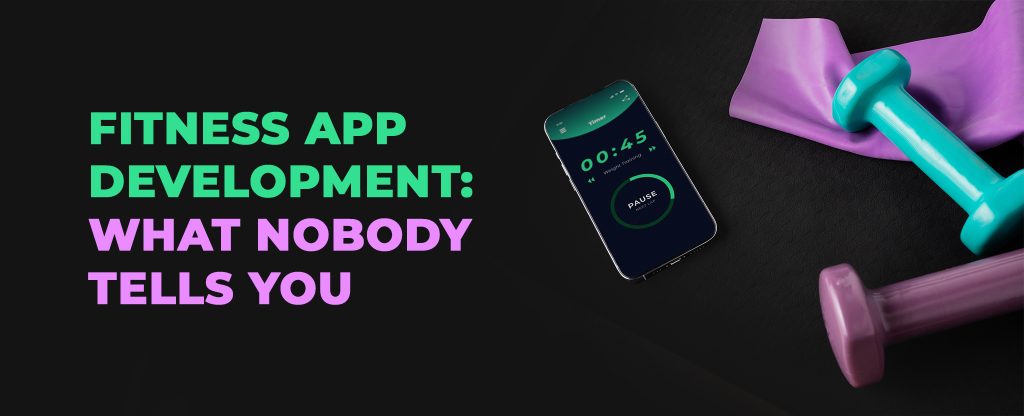
Forget generic fitness apps that just count steps. In 2025, AI-powered fitness technology is creating personalized health ecosystems that adapt to your unique body and goals. Post-pandemic fitness isn’t just about looking good—it’s about optimizing your mental clarity, physical performance, and overall wellness through data-driven insights.
With the hybrid work model firmly established, fitness apps have evolved from simple trackers to comprehensive health companions. Users now demand immersive AR workouts, real-time form correction, and AI coaches that understand their bodies better than human trainers ever could.
The numbers don’t lie: the fitness app market is projected to hit $120 billion by 2025, with continued growth to $10.06 billion by 2029 at a CAGR of 4.91%. This isn’t just incremental growth—it’s a fundamental shift in how people approach wellness.
This insider’s guide cuts through the hype to reveal which next-gen features are actually transforming the fitness landscape in 2025, what development approaches deliver real results, and how startup founders can capitalize on these technological breakthroughs without massive budgets.
Types of Fitness Apps
There are mainly 3 types of fitness apps, each handling information differently:
- Workout and exercise apps: These focus on your physical fitness through activities like power workouts, intense training, and weightlifting.
- Nutrition apps: These help improve your eating habits and nutrition.
- Activity tracking apps: These use wearable devices to monitor your body’s responses like step count, heart rate, blood pressure, and more.
Build your own modern AI fitness app to grow your business with Mindster, a top fitness mobile app development company.
Most Advanced Features of Modern Fitness Apps in 2025
1. Personalized AI Coaches
In this AI age, everyone wants a personal touch to make workouts fun and interesting. Digital coaching has evolved from simple recommendations to smart systems using GPT-5 and other AI tools.
For example, Freeletics uses your body measurements and behavior data to adjust workout intensity in real time, making even hard workouts feel easier and more fun. Soon, AI coaches will use data from your wearable devices to predict possible injuries by analyzing things like your walking pattern from smart shoes.
2. Immersive Workouts with AR/VR
New lightweight AR glasses and special suits with touch feedback create immersive workout environments where users can join a fitness community. You can connect with a personal trainer anywhere in the world using AR/VR in seconds.
Peloton’s VR cycling classes, for instance, let you ride through virtual landscapes around the world. The bike adjusts resistance based on virtual hills and terrain.
3. Wearable Device Integration
Smart watches changed workout apps forever, starting the trend of tracking steps, heart rate, and blood pressure. This led many people toward a more complete approach to health.
Newer devices like earbuds that monitor heart activity, patches that track blood sugar, and shirts that fix your posture all help users create better workout routines.
4. Mental Health & Meditation
Our fast-paced modern lives often leave us confused, overly focused, and unable to sleep well. Many fitness apps now include tools to help manage stress by tracking heart rate variability (HRV). Features like AI-guided meditation help people find mental clarity and sleep better.
5. Social Communities of Like-Minded Fitness Enthusiasts
In the age of the Metaverse, people can train together for a shared workout experience. The virtual gym in Decentraland lets people create avatars and train together. It also offers challenges across different platforms where users can win real prizes (like NFTs) for completing training goals.
6. Sustainability Goals
Since COVID, users have become more aware of their impact on the environment. Apps like Strava let users earn rewards and badges for activities that are good for the planet.
7. Real-Time Correction in Form and Physique
Working out alone can lead to injuries if your form isn’t correct. Technologies like LiDAR sensors and AI motion analysis in smartphones help trainers guide users to use correct form, reducing workout injuries.
8. Gamification for Benefits
Making workouts into games increases user participation. Each workout plan comes with rewards. Story-driven workout plans unlock rewards for each exercise or level completed. These rewards might be NFTs or other digital trophies earned after reaching fitness milestones.
9. Voice-Activated AI Assistants
Voice controls make it easier to use fitness apps while working out. You can handle other tasks without stopping your workout. These features create a hands-free experience and can help control your workout pace.
10. User-Centric Design
Even visually impaired users can use workout apps with AI sign-language interpreters. Hearing-impaired users can follow workouts using vibration cues. These user-friendly features help app owners reach more people.
Step-by-Step Guide to Fitness Mobile App Development
1. Market Identification Research
The fitness market is huge, covering running, yoga, weightlifting, nutrition, and general fitness. Before starting your fitness app, you need to pick your specific area of focus.
To choose the right niche, first consider what you’re good at. Then use surveys, competitor research, and trend forecasting to narrow down your choices based on business needs. Tools like SEMrush, SurveyMonkey, and Gartner can help with this research.
2. Advanced Features
Your fitness app should offer services similar to what people get at a gym. Focus first on getting the basic features right, like personalized plans, workout tracking, and user engagement. You can add advanced features later, such as AI recommendations, meditation coaching through AR/VR, and social communities, based on market analysis and user feedback.
3. Choosing Tech Stack
For an advanced fitness app, consider user experience, costs, scalability, and platform needs when selecting your tech tools. Options include React Native for efficient cross-platform development, while Flutter works well for flexible user interfaces. For backend systems, Python/Django helps with AI scalability, and Node.js handles real-time data processing. No-code solutions are also available for lower budgets.
4. UI/UX Design
A fitness app needs an attractive and user-friendly design. The app should be easy to understand, intuitive, and simple to navigate, giving fitness enthusiasts a smooth experience. Choose appealing colors and fonts that match fitness industry styles.
Include different light modes for low-light workouts and ways for users and trainers to interact and give feedback. Figma is great for creating prototypes and collaboration, while UserTesting helps check accessibility quickly.
5. Agile Development
For fitness app development, use the agile method. Start with thorough market research, define your target audience, and clarify your app’s purpose. This helps you create a working Minimum Viable Product (MVP) in about 3 months, with core features added in 2-month sprints. Focus on improving through testing, deployment, and user feedback while working with developers, QA engineers, DevOps, and AI specialists.
6. Third-Party App Integrations
Effective fitness apps need mapping services with GPS like Google Maps or Mapbox. This helps users track outdoor workouts accurately. Your app should also connect with health data platforms to sync wellness information from various sources or devices.
Use Apple HealthKit and Fitbit for wellness data, Twilio for SMS reminders, and Stripe for safe, quick payments.
7. Compliance
Advanced fitness app development requires thorough feature testing and secure data privacy. Your app must follow relevant rules like HIPAA, GDPR, and CCPA. Conduct security testing and follow HIPAA guidelines for handling U.S. health data.
8. Marketing and Launch
Successfully launching and marketing an AI fitness app takes planning. Create a comprehensive plan covering market research, your niche, leading features, UI/UX design, deployment, testing, and marketing strategy including social media, content, and potential partnerships.
9. Post-Launch Care
After launch, continue supporting users and monitoring features. Analyze feedback to fix issues quickly. Release regular updates with new features or improvements to keep users happy and stay competitive.
Mindster, a top mobile app development agency, can help turn your dream of a modern AI fitness app with state-of-the-art features into reality to grow your business.
Breaking Down Costs for Fitness App Development
Developing a fitness app has ups and downs, but if you follow the process and stick to your budget, you can launch your app in just a few months.
It typically costs $20K to $500K to develop a basic to advanced fitness app. Here’s a breakdown:
- Basic App ($20K–$50K): A simple app with core features like workout tracking, workout videos, and wearable sync.
- Mid-Range App ($50K–$100K): An app with AI features like AI coaches, AR features, social elements, and cross-platform support.
- Advanced App ($100K+): A full-featured app with customizable VR environments, real-time device integration, and blockchain rewards like NFTs.
Developer Rates by Region:
- America: $100–$150/hour
- Europe: $40–$80/hour
- Asia: $25–$50/hour
Hidden Costs:
- App store fees for iOS or Android (15–30% for in-app purchases)
- Servers for real-time data processing ($1K to $5K/month)
Tech Stack for Modern AI Fitness App
Building a modern AI fitness app requires a reliable tech stack including React Native or Flutter for the front-end, Node.js or Python for the back-end, and PostgreSQL or MongoDB for database management. You’ll also need to integrate wearable devices and payment systems.
Here’s a deeper look at the key components:
1. Front-End:
- React Native: A popular framework for cross-platform development, letting you build for both iOS and Android using one codebase with JavaScript.
- Flutter: Another popular framework using Dart programming language, known for fast development and attractive user interfaces.
- UI/UX Design: Focus on creating an intuitive, user-friendly design with smooth navigation and social media sharing.
2. Back-End:
- Node.js: A JavaScript runtime environment for building fast, scalable, real-time applications.
- Python: A versatile programming language with frameworks like Django and Flask, good for building robust, feature-rich applications.
3. Database Management:
- PostgreSQL: A powerful, open-source relational database system.
- MongoDB: A popular NoSQL database offering flexibility and scalability for handling various data formats.
4. Third-Party Integrations:
- Wearable Devices: Integrate popular fitness trackers and smartwatches for better data collection.
- Payment Systems: Implement secure payment gateways for subscriptions and in-app purchases.
- Social Media: Allow users to share workout progress and connect with friends.
5. Operating Systems:
- iOS: For Apple devices, native development uses Swift or Objective-C.
- Android: For Android devices, use Kotlin or Java for native development.
6. Other Considerations:
- Cloud Services: Use platforms like AWS, Azure, and Google Cloud for hosting and scaling your app.
- API Services: Use APIs to access external data like location services or weather information.
- Testing: Thoroughly test your app for bugs and usability issues before launch.
- Security: Implement strong security measures to protect user data.
Come to Mindster, one of the best mobile app development companies, to turn your fitness app ideas into a fully functioning modern AI fitness app with state-of-the-art features.
Conclusion: The Future of Fitness Tech
Modern AI fitness apps are changing lives in ways once thought futuristic. The industry has evolved to include hyper-personalization, immersive adaptive technology, and ethical, inclusive design. Success requires balancing technical innovation with inclusivity—whether using AI tools for mental health or building carbon-neutral fitness apps.
As wearable devices become more common and AR goes mainstream, developers must prioritize security and scalability. Modern AI fitness apps have grown beyond simply tracking steps or heart rate—they’ve become ecosystems that support physical, mental, and social wellbeing for all users.
- Agentic AI1
- Android Development3
- Artificial Intelligence33
- Classified App3
- Custom App Development5
- Digital Transformation12
- Doctor Appointment Booking App14
- Dropshipping1
- Ecommerce Apps40
- Education Apps2
- Fintech-Apps37
- Fitness App4
- Flutter4
- Flutter Apps20
- Food Delivery App5
- Grocery App Development1
- Grocery Apps3
- Health Care10
- IoT2
- Loyalty Programs9
- Matrimony Apps1
- Microsoft1
- Mobile App Maintenance2
- Mobile Apps128
- Product Engineering6
- Progressive Web Apps1
- React Native Apps2
- Saas Application2
- Shopify9
- Software Development3
- Taxi Booking Apps7
- Truck Booking App5
- UI UX Design8
- Uncategorized6
- Web App Development1








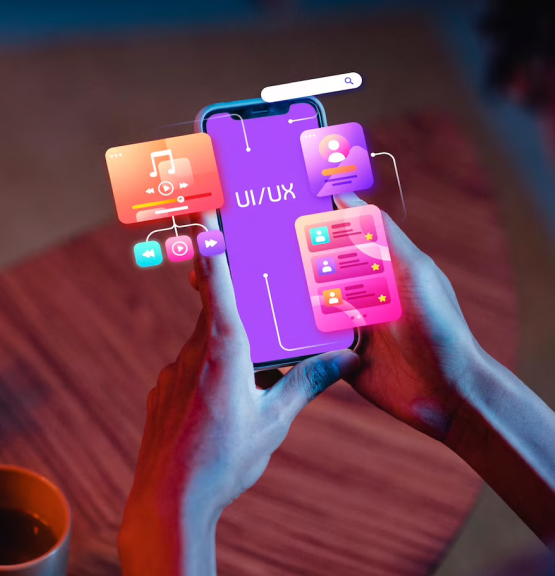
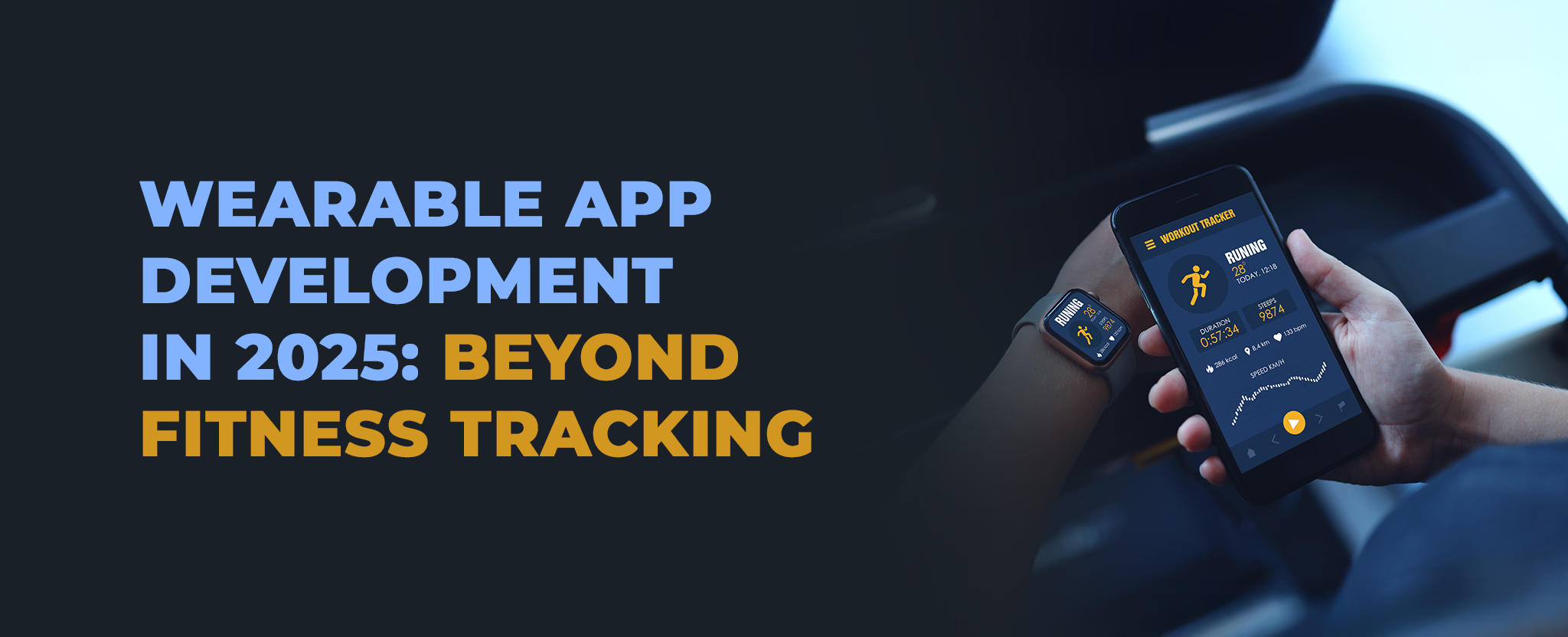
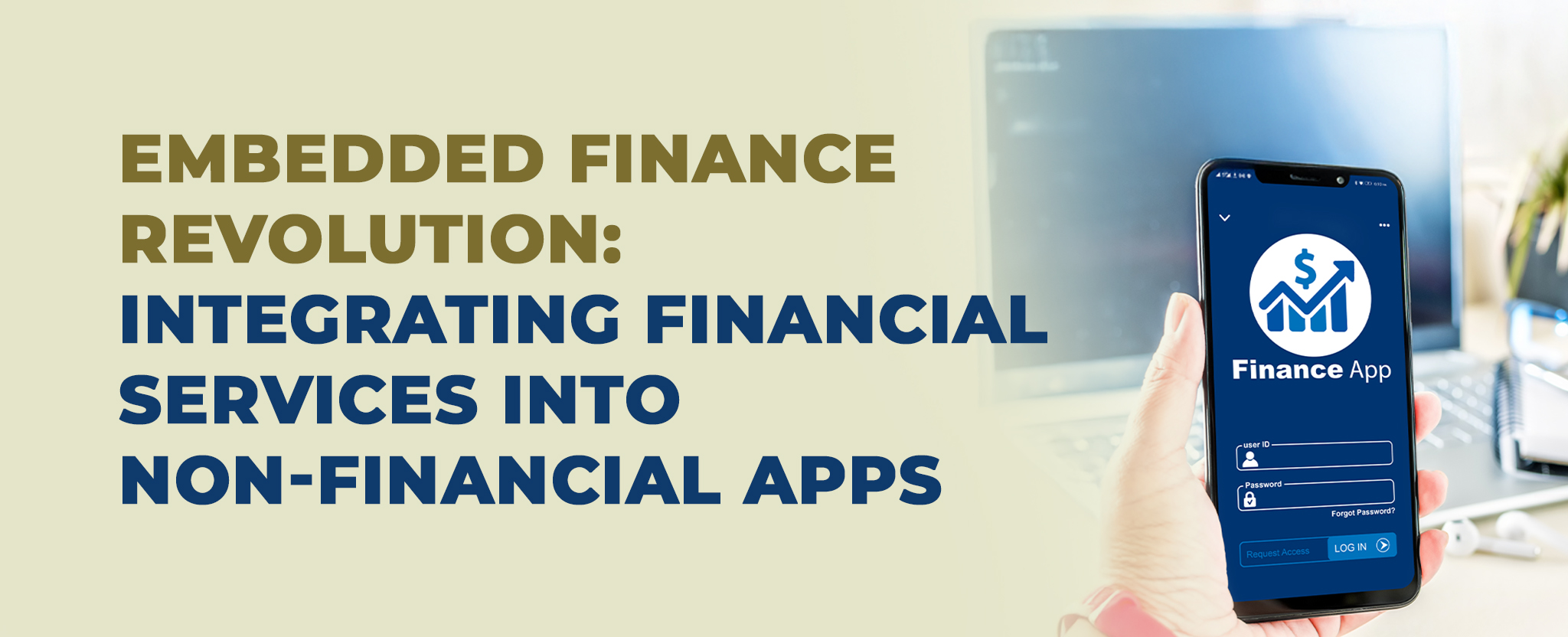
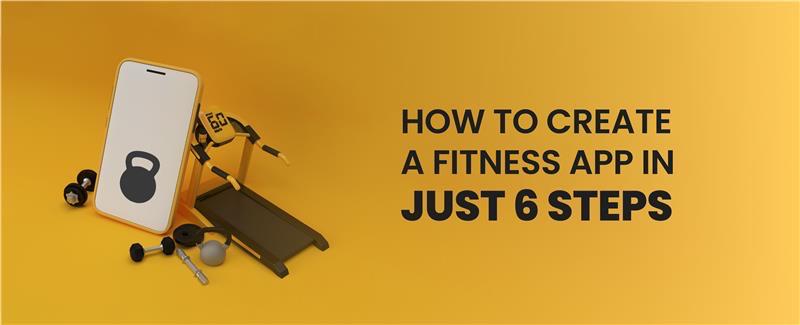






Comments